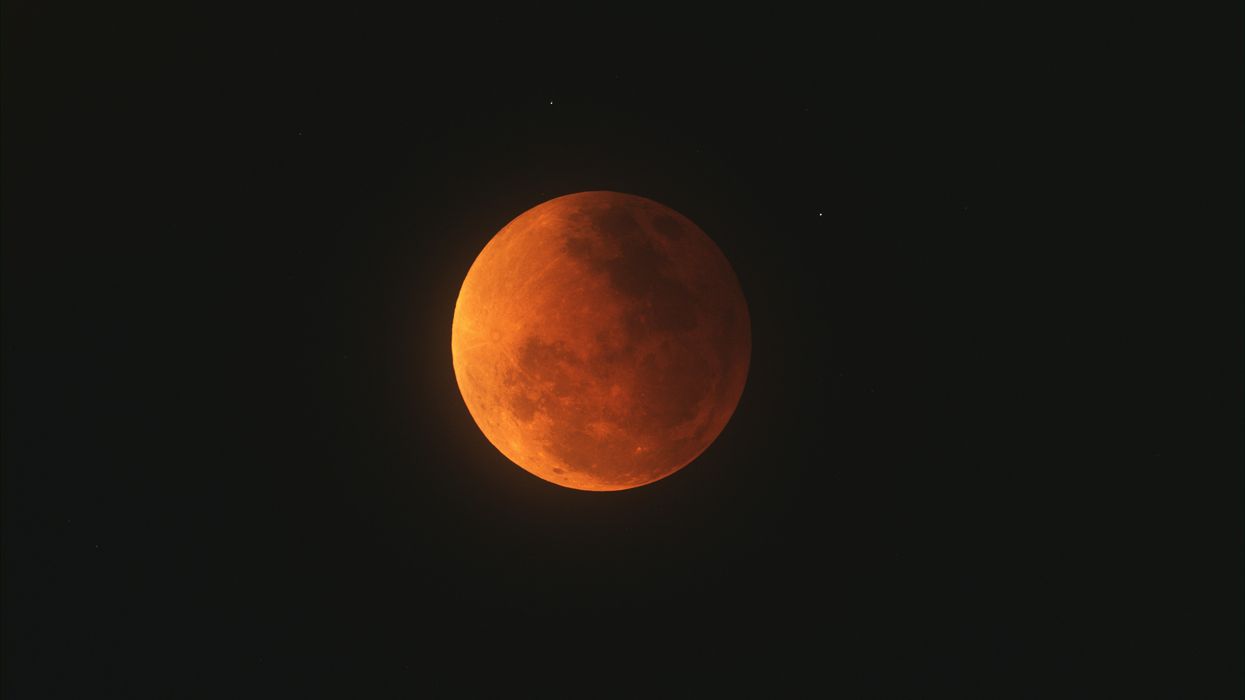Total lunar eclipse will be visible across Canada in March and here's what you need to know
The full moon will turn red! 🌕

Moon during a total lunar eclipse.
There's a total lunar eclipse happening in March that will turn the moon red!
You can see it from everywhere in Canada, so here's what you need to know.
The lunar eclipse is on the night of Thursday, March 13 to the early morning of Friday, March 14, 2025.
Since this is happening during March's full moon, it's also known as a blood moon because it will turn red in the night sky as the moon passes through Earth's shadow.
It will occur at the same time for everyone across the country and is the first total lunar eclipse visible in Canada since November 2022.
If you didn't know, a total lunar eclipse happens when the Earth comes between the sun and the moon and the planet's shadow covers the moon.
The moon turns red when the eclipse reaches totality.
There are seven stages of a total lunar eclipse: penumbral eclipse begins, partial eclipse begins, total eclipse begins, maximum eclipse, total eclipse ends, partial eclipse ends, and penumbral eclipse ends.
Here are the times for the eclipse phases in Canada on March 13 and March 14, 2025:
- penumbral eclipse starts at
- 8:57 p.m. PT / 11:57 p.m. ET / 12:57 a.m. AT
- partial eclipse starts at
- 10:09 p.m. PT / 1:09 a.m. ET / 2:09 a.m. AT
- total eclipse starts at
- 11:25 p.m. PT / 2:25 a.m. ET / 3:25 a.m. AT
- maximum eclipse at
- 11:59 p.m. PT / 2:59 a.m. ET / 3:59 a.m. AT
- total eclipse ends at
- 12:31 a.m. PT / 3:31 a.m. ET / 4:31 a.m. AT
- partial eclipse ends at
- 1:47 a.m. PT / 4:47 a.m. ET / 5:47 a.m. AT
- penumbral eclipse ends at
- 3 a.m. PT / 6 a.m. ET / 7 a.m. AT
You can view a total lunar eclipse with the naked eye, no special equipment like telescopes or eclipse glasses are needed.
Eclipses never happen alone. A solar eclipse always occurs around two weeks before or after a lunar eclipse.
So, there will be a partial solar eclipse on March 29, 2025, and it can be seen in parts of Canada!
